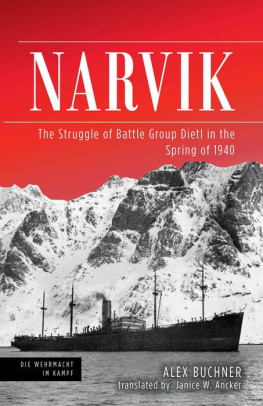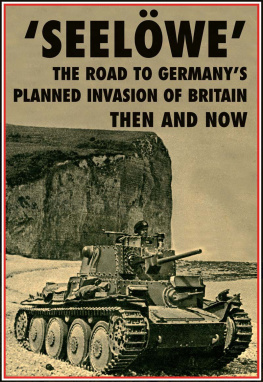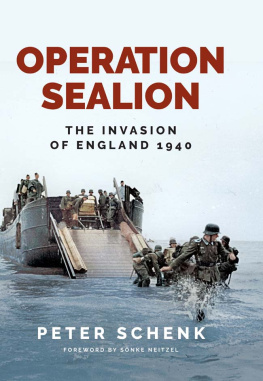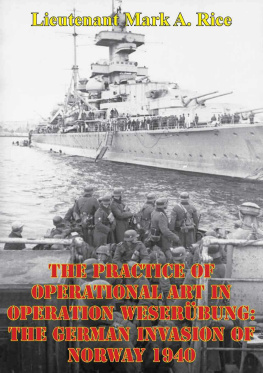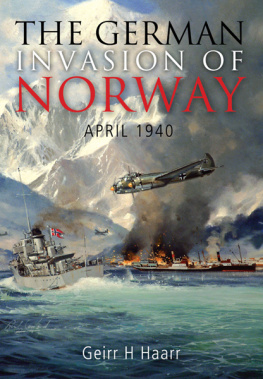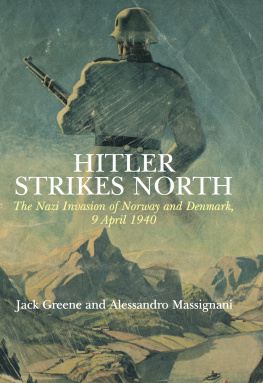This edition is published by PICKLE PARTNERS PUBLISHINGwww.picklepartnerspublishing.com
To join our mailing list for new titles or for issues with our books picklepublishing@gmail.com
Or on Facebook
Text originally published in 2007 under the same title.
Pickle Partners Publishing 2014, all rights reserved. No part of this publication may be reproduced, stored in a retrieval system or transmitted by any means, electrical, mechanical or otherwise without the written permission of the copyright holder.
Publishers Note
Although in most cases we have retained the Authors original spelling and grammar to authentically reproduce the work of the Author and the original intent of such material, some additional notes and clarifications have been added for the modern readers benefit.
We have also made every effort to include all maps and illustrations of the original edition the limitations of formatting do not allow of including larger maps, we will upload as many of these maps as possible.
THE PRACTICE OF OPERATIONAL ART IN OPERATION WESERBUNG:
THE GERMAN INVASION OF NORWAY IN 1940
by
Mark A. Rice
Lieutenant / USN
ABSTRACT:
The planning and execution of Operation Weserbung was the first major joint operation of its kind in history utilizing naval, ground, air, and airborne forces. Its conduct proves to be one of the most noteworthy applications of operational art and the principles of war during all of World War II. The principles of surprise and security were the most critical in the German success. The German planning taking into account and exploiting the operational factors of time, space and force are another key element in why this operation is worthy of further analysis and study. Additionally, the operational lessons learned that could be applied from the belligerents experiences further illustrate several important lessons that can apply today. From the Germans we saw the importance of planning around apparent disadvantages, command and control as it relates to operational objectives and commanders intent, and the importance of initiative in military operations. From the British, the pitfalls of mirror imaging and a lack of decisiveness can prove fatal in military operations. Lastly, from the Norwegian side we see the importance of national defense for maintaining a nations own self-determination against outside belligerents.
THE PRACTICE OF OPERATIONAL ART IN OPERATION WESERBUNG: THE GERMAN INVASION OF NORWAY IN 1940
In April of 1940, the peaceful and neutral country of Norway became a battleground between Germany, France, and England in their desire to control it for their own war objectives. The Battle of Norway and as the Germans called it Operation Weserbung was the first major military operation in history to utilize naval, ground, air, and airborne forces in the assault phase of the attack. The German success in this operation provides an outstanding example of the application of operational art and the principles of war by Germany in the early stages of World War II. Operation Weserbung included both the invasion of Denmark and the invasion of Norway. The first phase of the operation was the invasion of Denmark; its air bases were needed for the invasion of Norway, and fell in a single day. The focus of this paper will be on the Norwegian portion of Weserbung.
A quick summary of the execution of Weserbung will follow to help the reader better understand the context of the discussion. The German invasion of Norway was a modern Trojan horse approach to combat that completely neutralized the advantages that the British Royal Navy held over the Kriegsmarine. {1} By taking advantage of the neutrality of Norway and Germanys benign relationship helped to sow the seeds of success in the operation. The Germans civilian merchant ships, coal freighters and oilers for the operation that set sail for Norway several days before the kickoff of the invasion. Upon arrival in Norwegian ports the ships captains told the port authorities that they were there for routine business and waited for the invasion to begin to offload their cargos of troops and supplies. {2} Through this tactic a significant portion of the German invasion force slipped past the Royal Navy and were in position for the opening of hostilities on 9 April {3} . Additionally, the plan called for six simultaneous surprise landings by ship and airplane seizing strategic points throughout Norway. {4} Through their execution, the Germans achieved surprise, held Oslo, put the royal family and government on the run and achieved a swift victory in Norway. {5} Further details on the planning and execution of Weserbung will be discussed as we progress through this work.
A background of Operation Weserbung and why Hitler decided to attack Norway will be discussed to give the reader a context for the execution of the attack. Next, the author will outline the objectives of the Germans. This will be flowing down from their strategic, to the theater-strategic, and finally the operational objectives. Then a narrative of the planning of Weserbung will be discussed; this will analyze the operational factors of time, space, and force as they applied to the Germans and how they overcame the inherent disadvantages they held against England. The German exploitation of the operational factors also carried over to the execution of Weserbung as will come out in the discussion of the planning. Finally, the author will demonstrate the operational and strategic lessons learned for Germany, England, and Norway. {6}
Norway was neutral in World War I, and hoped to remain so in the pending conflict that was beginning to engulf Europe in 1939 with the German invasion of Poland, and the subsequent events that were unfolding on the European continent such as Polands division by Germany and Russia. {7} There are three principle reasons for the German invasion of Norway. The issue of Norwegian neutrality was at the center of two, and the desires of the Kriegsmarine were the third. On 1 September 1939, the same day as the invasion of Poland began German diplomats in Norway, Sweden, and Finland informed those governments that Germany intended to respect the territorial integrity of each. {8} The most important piece of that respect would be that they would have to maintain strict neutrality, and would not tolerate breaches of that neutrality by third parties. {9}
The issue of Swedish iron ore imports to Germany was one of the reasons the Germans felt that their control of Norway was in their best interest in 1940. With a neutral Norway, the iron ore could continue to flow from Sweden through Norwegian territory and on to Germany. Germany received half of its pure iron from Sweden, approximately six million tons annually. {10} They also had received a further six and a half million tons from areas that the British Royal Navy had already cut off by their blockade. {11} Additionally, the ore reached Germany by two main routes, from the Swedish port of Lulea during most of the year, and Narvik Norway between November and April when Lulea was generally ice bound. {12} Allied possession of Norway would cut off the Narvik route altogether, and put them in position to challenge the Lulea route at their leisure. Although one could argue that Germany shipping iron ore through Norwegian territorial waters was a violation of their neutrality, due to their strong economic ties with Germany it was not in their interest to challenge this practice. {13}




